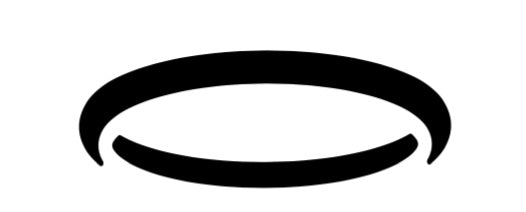Walk into any gym and you’ll hear it:
"I’m hitting my macros today."
"Are you tracking your macros?"
"That’s too many carbs, mate!"
But what are macros really? Is it just another fitness fad? Spoiler alert: Nope. Macros, short for macronutrients, are the three main building blocks of your diet: protein, carbohydrates, and fat. And understanding them could be the missing link between you and your fitness goals.
Let’s break it down, step by step, snack by snack.
1. What Are Macronutrients?
Think of macronutrients as the fuel your body needs in large amounts to function properly. There are three main types:
Protein
Builds and repairs muscles, supports immune function, and keeps you full for longer.
Found in: Chicken, eggs, tofu, lentils, fish, Greek yoghurt.
Carbohydrates (Carbs)
Your body’s favourite energy source. Fuels workouts and keeps your brain happy.
Found in: Rice, bread, oats, fruit, pasta, veg.
Fat
Essential for hormones, brain function, and absorbing certain vitamins.
Found in: Avocados, nuts, olive oil, cheese, dark chocolate.
Each macro contains calories:
-
Protein: 4 calories per gram
-
Carbs: 4 calories per gram
-
Fat: 9 calories per gram (yes, more than the others)
2. Why Do Macros Matter?
Whether you want to lose weight, gain muscle, or just feel more energised, the balance of your macros matters just as much as your overall calories.
Imagine two people both eating 2,000 calories a day.
One lives on crisps and biscuits, the other balances protein, carbs, and fats.
Same calories, totally different results.
3. How Do You Know Your Macro Needs?
Everyone’s macro needs are different depending on:
-
Your body weight and composition
-
Your activity level
-
Your goals (muscle gain, fat loss, maintenance)
A general guide for someone moderately active might look like this:
-
Protein: 1.6–2.2g per kg of body weight
-
Fat: 20–30% of total daily calories
-
Carbs: Fill in the rest
But don’t stress. There are loads of free macro calculators online to do the maths for you.
4. How Do You Track Macros?
You can:
-
Use apps like MyFitnessPal or Chronometer
-
Scan barcodes and log your meals
-
Weigh some foods (at first) to learn portion sizes
-
Or just eyeball it, once you get the hang of it
Top tip: Don’t get caught up chasing perfection. Being consistent is way more important than being exact.
5. Are Macros Just for Bodybuilders?
Nope. Tracking macros is for:
-
Runners
-
Desk workers
-
Busy parents
-
Students on a budget
-
Basically, anyone who wants to eat with purpose
Even if you don’t count macros every day, understanding what’s on your plate gives you power. Knowledge = gains.
6. Quick FAQs
Q: Do I have to track macros?
A: No, but it helps you learn how different foods affect your body and goals.
Q: What if I eat out a lot?
A: Estimate. Do your best. One meal won’t make or break you.
Q: Is sugar a macro?
A: Nope. It’s a type of carbohydrate. Macros are protein, carbs, and fat. That’s it.
Macros aren’t scary, and they’re not just for the super-shredded. They’re the blueprint behind every fitness plan that works. Learning your macros is like learning to drive. Tricky at first, but soon you’ll be cruising.
Ready to start? Begin with one small change: Add more protein to breakfast, or track just one meal a day. Keep it simple and have fun with it.
You’ve got this.

